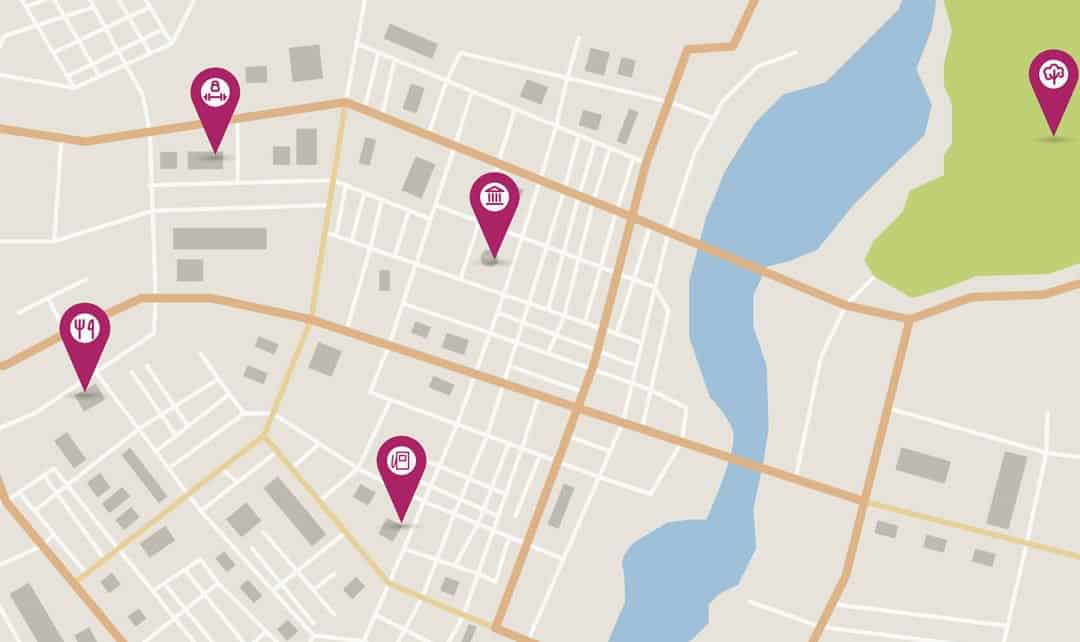Are you ready for the truth? Can you handle the truth? Real estate is not about selling houses, it’s about lead generation. Selling real estate is a result of lead generation. Without it, it is hard to survive long-term in the real estate business.
The best salespeople have systems in place to generate leads. There are two types of lead-generating systems, active and passive. Active systems are those where you have better control of the results because you can control the activities you perform. Cold calling and door knocking, repeat and referral, internet, calling FSBOs and geographic farming are all examples of active systems. Open houses, one-time just listed or sold flyers and ads are examples of passive lead generating systems.
Let’s look at geographic farming. Your objective is to be first in mind when a homeowner is thinking of selling his or her home. Here are four things you need to do before starting your geographic farm.
1) Determine the right price:
The most ideal neighbourhoods to target when starting your geographic farm in the Toronto market, for example, should be around the $800,000 to $1.2 million price range. More expensive neighbourhoods are great, but they normally don’t offer the same amount of turnover needed for your farm to survive. You’re better off farming in an area that is less expensive but offers more transaction opportunities.
2) Find an area that has enough homes:
Your geographic farming area should be at least 1,000 homes. I would avoid condos because you won’t get the same level of exposure as you would with targeting houses. (You can’t put a for sale or sold sign on a condo) Prospecting in freehold areas is easier than prospecting in condo buildings. It’s difficult to door knock or cold call in a condo building. You will also have a much easier time getting marketing materials distributed in a freehold area.
3) Look for an area with a healthy amount of turnover:
A healthy turnover rate is at least four per cent. Combine this percentage with a neighbourhood of 1,000 homes and you can expect at least 40 transactions per year. This is a great opportunity to make money! Experience has proven that even the biggest top producers in a particular neighborhood never gets more than 25 per cent of all the transactions. Don’t worry if you’re the new salesperson on the block, there will be many opportunities for you to get leads.
4) Create a prospecting strategy:
Once you have decided on the area where you want to farm, it’s time to create a prospecting strategy. Here is the strategy you should use to get your name out in the neighbourhood:
- Contact everyone in your farm a minimum of four times per year by personal contact, preferably by door knocking. Cold calling (telephone) works as well.
- Ensure every house in the farming neighbourhood receives an average of one flyer/newsletter every 10 days.
- Deliver four specialty items per year. (calendars, to do pads)
- Use door knocking, cold calling, direct mail (flyers, post cards) and online marketing such as Google AdWords and social media to promote your work and results in the area.
- DON’T start off with a bus bench or bus shelter. Other than you and your mother, no one knows who you are or what you do! Look at the next bus bench you pass. You do not know what business the individual is in. Once you get established in the neighborhood, the bus bench advertising then ties in to your flyers and results in leads.
Patience, effort and investment are crucial when building your geographic farm. It usually takes at least 18 to 24 months of consistent prospecting efforts and flyer activity to establish a consistent flow of leads.
Regardless of where you are in your career, it is vital to create a lead generating system. Geographic farming is not new. At Realtron, we have been doing it successfully for over 30 years. It is a proven system with proven results, IF you follow the system.
Establish your area, work the system and enjoy the fruits of your farm.
Alex Pilarski was introduced to the world of real estate in 1972. In 1985, he co-founded Re/Max Realtron with his brother Richard. Together they have been awarded many top honours within the Re/Max system, including No. 1 Re/Max in the world in 2012 (most transactions), International Broker/Owners of the Year and the Prestigious Distinguished Service Award. He is also a certified mentor with Buffini and Company and Richard Robbins International. Send him an email or phone 905-944-8800 x302.

















